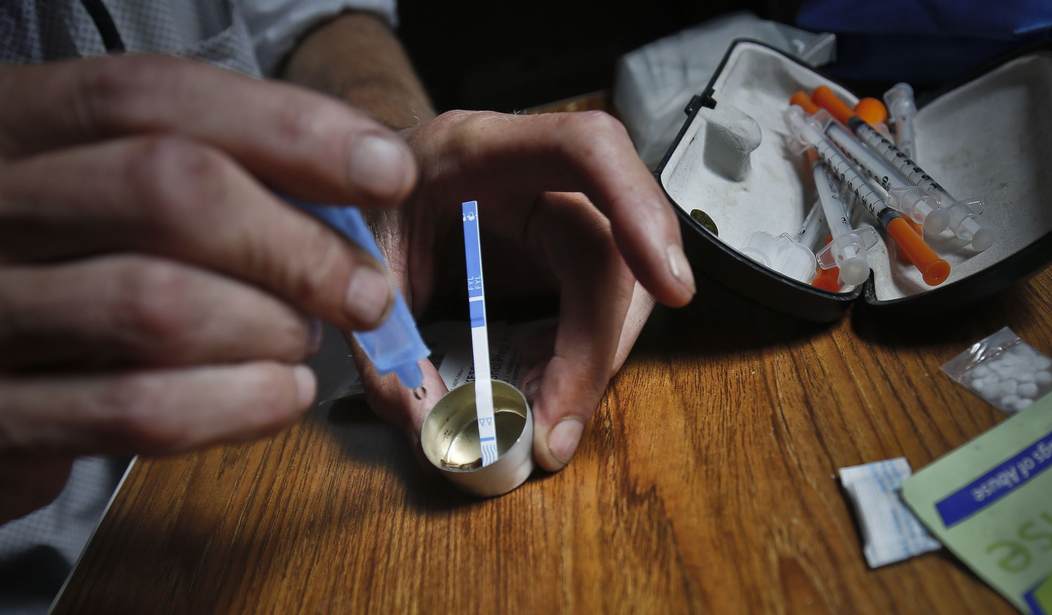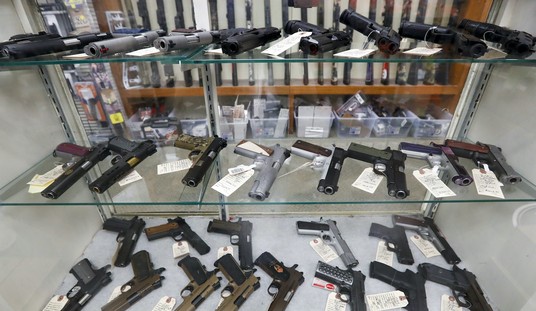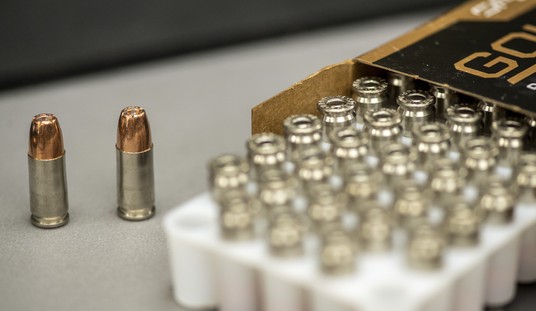And before you ask, no, this study was not conducted by researchers at the Center for Confirming the Obvious. Instead, a pair of academics from Temple University in Philadelphia decided to take a look at where shootings have taken place across the city over the past few years and found that the areas of the city that had the most drug arrests were also home to the biggest increases in violent crime.
These are also the same parts of the city, not surprisingly, that saw the highest levels of police activity, particularly since the start of the COVID pandemic in 2020, which led to Philadelphia police chief Danielle Outlaw announcing that police would not be making arrests for “low-level” offenses like drug sales and prostitution. In fact, the authors of the study note Outlaw’s announcement in their conclusions, calling it one potential factor in what’s driving the increase in shootings.
A variety of potential explanations could undergird this finding. For one, the pandemic could have altered the perceived likelihood of punishment for drug organizations. The suspension of low-level, nonviolent arrests by the Philadelphia Police Department was widely publicized across news media outlets. The temporary suspension of nonviolent arrests could have emboldened some groups to become more active, thereby increasing their interactions with other sellers as they compete for the same buyers. It may be the general perception by drug organizations and new or potential sellers of a decrease in police activity (regardless of actual levels) were motivating criminal behavior.
Widespread job loss and the economic downturn in the licit economy may have pushed some individuals into the illicit narcotics trade, thus further saturating the drug markets and also creating competition that resulted in violence. Additionally, economic strains might similarly have reduced the number of buyers, further increasing competition among sellers.
With fewer potential guardians on the street, and place managers at local businesses curbing the drug trade, the violence potential of some drug gangs could have been exacerbated absent witnesses and other deterrents [11, 46]. Unfortunately, the necessary data (e.g., shooting motives, drug and gang-involvement in shootings, etc.) are currently lacking to examine any of the potential explanations outlined above.
I agree wit the researchers that there’s more than one factor in play here, but I think they’re really reaching when they argue that their study offers counter-evidence to claims that less policing also helped drive violence.
Some scholars have suggested that increases in gun violence result from police backing off proactive policing in minority neighborhoods in the aftermath of events such as the death of George Floyd, but this study found that gun violence increased most in neighborhoods where police activity was highest. Future research could explore the finer-scale associations around such significant events.
Was police activity actually proactive in those communities, or were there simply more officers around these locations as a response to the increased shootings instead? That seems to be the simplest explanation to me, and while the authors say that the biggest increase in shootings came in places where police activity was highest, the authors don’t indicate whether or not those levels of policing were higher or lower than what was typically found in high-crime neighborhoods before the city instituted its COVID-mitigation strategies in March of 2020. In other words, the greatest concentration of law enforcement may have been in these locations, but the overall number of officers present may very well have been less than what it was a couple of years earlier.
Honestly, though, I don’t think the researchers are seriously arguing that more police activity leads to more shootings. No, the bottom line for these academics is that the drug markets were a primary factor in determining where in Philadelphia violent crimes were increasing.
The authors add: “Though our study calls attention to the overall risk of local and surrounding concentrated disadvantage on community rates of gun violence, these communities did not have increasing rates of gun violence as the pandemic unfurled. Instead, our findings illustrate the salience of drug market activity as a factor that contributed to increasingly more gun violence over the pandemic, and suggest there may be something particularly disorganizing about drug markets that make neighborhoods already at high-risk for firearm victimization even more vulnerable to the social and economic conditions introduced in 2020.”
Gee, what could it be about illegal drug markets that might make the neighborhoods they’re in more susceptible to violence? Guess we’ll need to spend more money on more studies to answer that question, right?
While researchers continue to ponder that “mystery”, this new study does offer yet more evidence that targeting legal gun owners with more gun control laws isn’t going to have much of an impact on violent crime. Instead, focusing on the small number of prolific offenders in any given community is not only more effective, but a much more constitutionally-sound approach to improving public safety. The evidence is clear, but the anti-gun ideology of the politicians in charge in Philadelphia also makes it an almost foregone conclusion that the data will be ignored in favor of efforts that put legal gun owners in the crosshairs.









